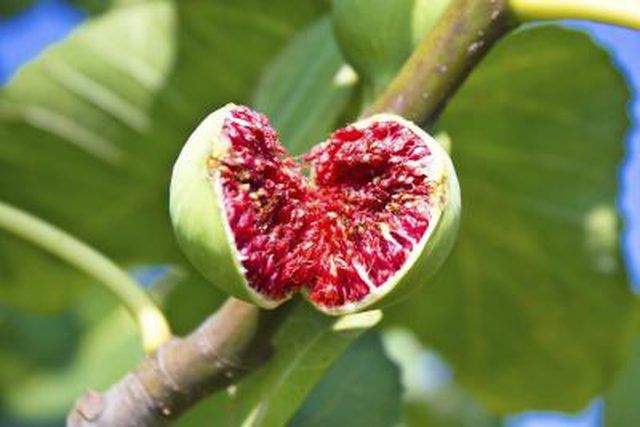Bulbs
Flower Basics
Flower Beds & Specialty Gardens
Flower Garden
Garden Furniture
Garden Gnomes
Garden Seeds
Garden Sheds
Garden Statues
Garden Tools & Supplies
Gardening Basics
Green & Organic
Groundcovers & Vines
Growing Annuals
Growing Basil
Growing Beans
Growing Berries
Growing Blueberries
Growing Cactus
Growing Corn
Growing Cotton
Growing Edibles
Growing Flowers
Growing Garlic
Growing Grapes
Growing Grass
Growing Herbs
Growing Jasmine
Growing Mint
Growing Mushrooms
Orchids
Growing Peanuts
Growing Perennials
Growing Plants
Growing Rosemary
Growing Roses
Growing Strawberries
Growing Sunflowers
Growing Thyme
Growing Tomatoes
Growing Tulips
Growing Vegetables
Herb Basics
Herb Garden
Indoor Growing
Landscaping Basics
Landscaping Patios
Landscaping Plants
Landscaping Shrubs
Landscaping Trees
Landscaping Walks & Pathways
Lawn Basics
Lawn Maintenance
Lawn Mowers
Lawn Ornaments
Lawn Planting
Lawn Tools
Outdoor Growing
Overall Landscape Planning
Pests, Weeds & Problems
Plant Basics
Rock Garden
Rose Garden
Shrubs
Soil
Specialty Gardens
Trees
Vegetable Garden
Yard Maintenance
What Is Ficus Tree Scale Disease?
What Is Ficus Tree Scale Disease?. Wilting, yellowing leaves and masses of small dark spots are common signs of a scale infestation on your ficus (Ficus spp.) tree. This damage is not the result of an infection, but an infestation of insects that mimics the appearance of a disease. Trees in the ficus genus, like the common fig (Ficus carica), are...

Wilting, yellowing leaves and masses of small dark spots are common signs of a scale infestation on your ficus (Ficus spp.) tree. This damage is not the result of an infection, but an infestation of insects that mimics the appearance of a disease. Trees in the ficus genus, like the common fig (Ficus carica), are susceptible to several kinds of scale insect. The common fig grows in U.S. Department of Agriculture hardiness zones 6 to 11.
Scale Development
Scale insects begin their life cycle as eggs laid beneath a stationary adult scale (Coccoidea). These eggs spawn yellow-orange nymphs measuring roughly 1/64 inch long. The small size of these pests makes them to difficult to spot without a magnifying lens as they crawl over the surface of the plant. During the nymph stages scales are often transmitted between plants by animals, water or wind. Nymphs choose a place to feed within two days of hatching, but may remain mobile as they feed for up to seven days. As the life cycle of the insects progresses they develop an outer shell and become immobile on the plant. Their small size and shell make it easy to mistake adult scales for an infection.
Scale Disease Damage
Ficus trees suffering from scale disease decline in overall health as the insects feed on their nutrient-rich sap. Heavy infestations cause ficus trees to grow poorly and produce less fruit. As scales feed honeydew is excreted, creating wet spots on bark and leaves. This sticky liquid attracts ants and provides a fertile breeding ground for sooty mold that weakens trees further by preventing sunlight from reaching leaves.
Squashing Scale Infestations
Manual removal is a practical control method for limited infestations on smaller trees. Dead scales often remain on the tree from a prior generation, making the true size of infestations difficult to assess. Carefully peeling stationary scales off at random and examining them provides an indication of how many of the scales visible on a ficus are alive. Trails of ants with translucent abdomens enlarged from feeding on honeydew leading up a ficus tree are also a common indicator of an active scale infestation. Scale infestations that are limited to one part of the tree are also controllable by pruning. This removes the pests and opens the canopy of the tree, making it a less favorable habitat for scales.
Spraying To Control Scales
Horticultural oils are an effective control for scale insects on ficus. This product smothers insects, rather than poisoning them. Horticultural oils are only effective when they coat all sides of the infested branches and leaves of a ficus. This product is best applied with a pump sprayer but requires agitation to prevent separation. Fill your sprayer's tank half-full with water and add the recommended amount of oil to the tank, agitating as often as possible, before filling the rest of the tank with water.
Safe And Effective Application
Horticultural oils can be harmful when absorbed through the skin or eyes. Wear protective eye wear, boots, gloves, pants and long sleeves while handling and spraying the oil. The best time to apply horticultural oil is just after scales have hatched. You can monitor the progress of the tiny nymphs using traps made from double-sided tape placed on the branches. When the number of insects caught on the tape begins to decline, most of them have hatched and it is time to spray. Avoid spraying near open bodies of water and on days when wind speeds are in excess of 15 miles per hour. To avoid exposing honeybees, spray early in the morning, before they begin foraging, or during evening after they have returned to their hives.